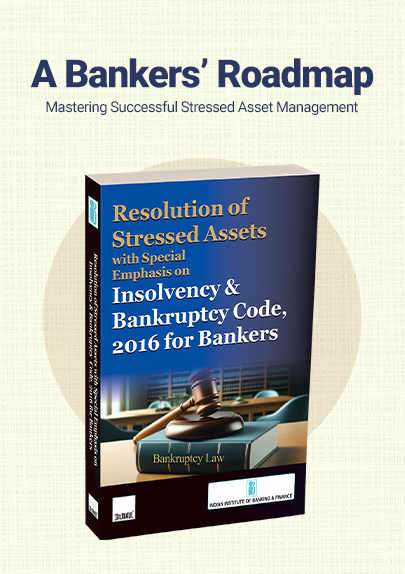IBBI Proposes to Amend Reg. 36 of CIRP Regulations to Make Disclosures About CD’s Status, Registered or Not as MSME
- News|Blog|Insolvency and Bankruptcy Code|
- 2 Min Read
- By Taxmann
- |
- Last Updated on 27 August, 2024
Discussion Paper; Dated: 23.08.2024
The IBBI has released a discussion paper on the MSME Registration and Disclosure Framework under the CIRP. Micro, small and medium enterprises (MSMEs) play a vital role in the Indian economy, contributing significantly to employment generation and gross domestic product.
Regulation 36 of the IBBI (Insolvency Resolution Process for Corporate Persons) Regulations, 2016 (CIRP Regulations) specifies the contents of the Information Memorandum (IM) that must be prepared by the resolution professional. The IM serves as a comprehensive document providing key information about the corporate debtor to prospective resolution applicants. While Regulation 36 mandates the inclusion of certain details in the IM, it does not currently require disclosure of the status of corporate debtor’s as an MSME.
The MSME status of a corporate debtor has important implications for the insolvency resolution process, particularly regarding the eligibility criteria for resolution applicants under Section 240A of the IBC. However, this crucial information is not currently required to be explicitly disclosed in the IM.
There have been instances where the classification of a corporate debtor as an MSME has been contested during the insolvency resolution process. This uncertainty can lead to complications and potential delays in the resolution process. Therefore, greater clarity is needed in this respect.
Accordingly, the IBBI has now proposed amending Reg. 36 to make disclosures about the corporate debtor’s status, whether registered or not, as an MSME, in accordance with the provisions of the Micro, Small and Medium Enterprises Development Act, 2006.
Further, if available documents with the resolution professional indicate that CD falls within the category of MSME, he may get the Udyam Registration Certificate generated on a case-to-case basis before making such disclosure in the IM.
The proposed amendment is expected to reduce information asymmetry in the resolution process for MSMEs. Further, it may encourage greater participation from potential resolution applicants who might have otherwise been uncertain about their eligibility. Comments on these proposals may be submitted by September 12, 2024.
Click Here To Read The Full Updates
Disclaimer: The content/information published on the website is only for general information of the user and shall not be construed as legal advice. While the Taxmann has exercised reasonable efforts to ensure the veracity of information/content published, Taxmann shall be under no liability in any manner whatsoever for incorrect information, if any.

Taxmann Publications has a dedicated in-house Research & Editorial Team. This team consists of a team of Chartered Accountants, Company Secretaries, and Lawyers. This team works under the guidance and supervision of editor-in-chief Mr Rakesh Bhargava.
The Research and Editorial Team is responsible for developing reliable and accurate content for the readers. The team follows the six-sigma approach to achieve the benchmark of zero error in its publications and research platforms. The team ensures that the following publication guidelines are thoroughly followed while developing the content:
- The statutory material is obtained only from the authorized and reliable sources
- All the latest developments in the judicial and legislative fields are covered
- Prepare the analytical write-ups on current, controversial, and important issues to help the readers to understand the concept and its implications
- Every content published by Taxmann is complete, accurate and lucid
- All evidence-based statements are supported with proper reference to Section, Circular No., Notification No. or citations
- The golden rules of grammar, style and consistency are thoroughly followed
- Font and size that’s easy to read and remain consistent across all imprint and digital publications are applied






 CA | CS | CMA
CA | CS | CMA


